Investment Casting, also known as precision casting or lost wax casting, is a manufacturing process in which a wax pattern is used to shape disposable mold. A wax pattern is made in the exact shape of the item to be cast. This pattern is coated with a refractory ceramic material. Once the ceramic material is hardened, it is turned upside-down and heated until the wax melts and drains out. The hardened ceramic shell becomes an expendable investment mold. Molten metal is poured into the mold and is left to cool. The metal casting is then broken from the spent mold.
| Category | Parameters |
| Casting Materials | -Common materials:carbon steel, alloy steel, gray steel, stainless steel and ductile iron and others |
| -Material weight range:0.01 kg-1000 kg | |
| Casting Dimensions | -Maximum casting size:1000 mmx1000 mm ×800 mm |
| Minimum casting size:20mm×20mmx5 mm | |
| Casting wall thickness:5 mm-200 mm | |
| Casting Precision | -Dimensional tolerance:CT7-CT10 |
| Surface roughness:Ra 25 μm-100 μm | |
| Machining Precision | -Dimensional tolerance:±0.05 mm-±0.2 mm(depending on casting size) |
| Surface roughness:Ra 0.8 μm-3.2 μm | |
| Production Capacity | Annual output:over 10000 tons |
| -Maximum single piece weight:1000 kg | |
| -Minimum single piece weight:10 grams | |
Mold materials:Wax molds,Foam molds | |
| Certifications | ISO9001, TUV-PED, DNV-GL, LR and BV |
The investment casting process, also known as lost-wax casting, involves several steps to create metal parts with high precision and intricate details. Here is an overview of the investment casting process:
Fuchun produce complex parts from a wide range of investment casting alloys. Our team is committed to quality precision investment casting, and we work with a variety of metals to produce components to your exact specifications. Some precision-casting alloy material options include:
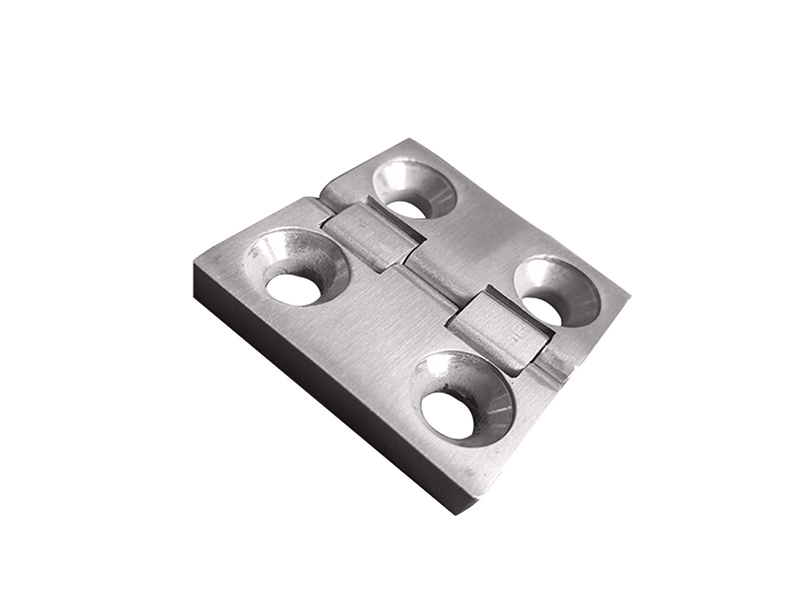
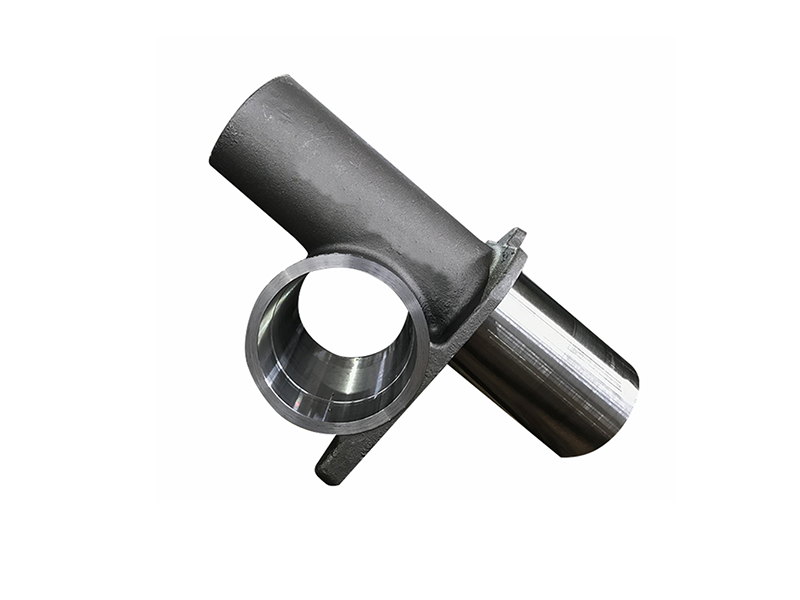
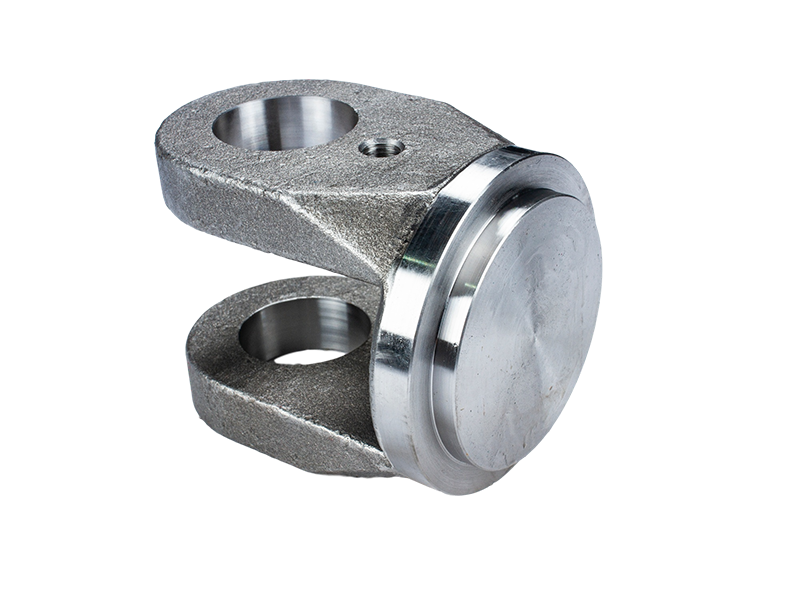
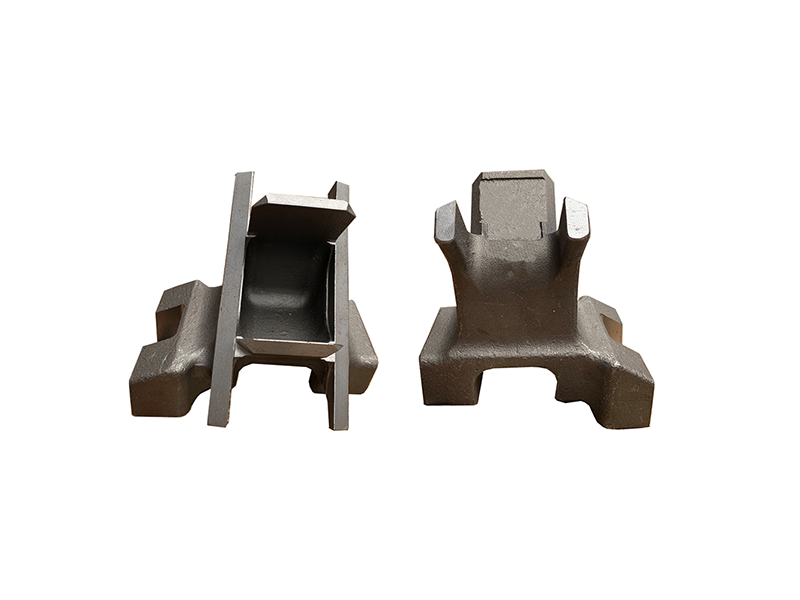
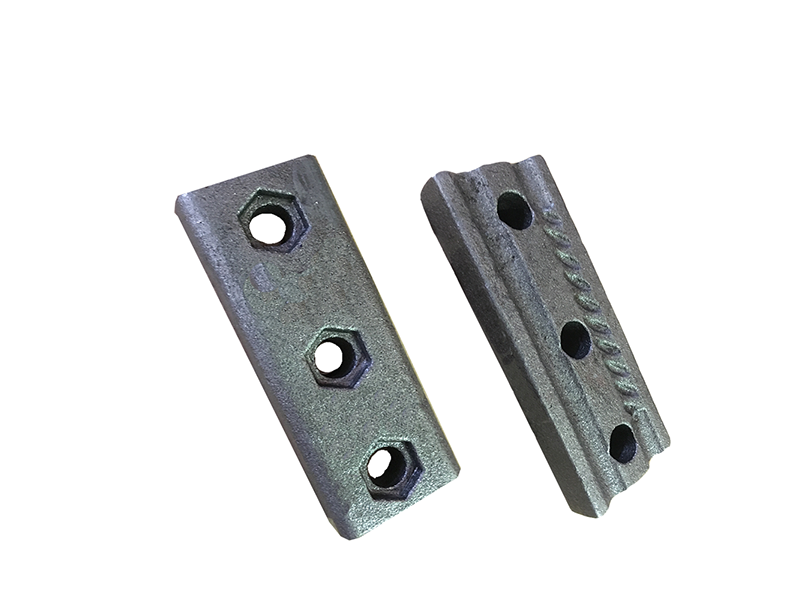
Investment casting offers several advantages that make it a preferred method for producing metal parts with high precision and intricate details.
Lost wax casting allows for the production of parts with complex shapes, intricate details, thin walls, and internal cavities that may be difficult or impossible to achieve with other manufacturing methods.
Parts produced through lost wax casting typically have high dimensional accuracy and tight tolerances, making them suitable for applications that require precise and consistent dimensions.
Lost wax casting results in parts with a smooth surface finish, reducing the need for additional machining or finishing processes.
Lost wax casting can be used with a wide range of materials, including various metals and alloys such as stainless steel, aluminum, bronze, titanium, and more, allowing for flexibility in material selection based on the application requirements.
Uses VDG P690 international standard casting tolerance. It is a standard developed by the Association of German Foundry Experts that specifies linear dimensional tolerances for castings.
Material-group D: alloys based on iron-nickel, cobalt, and Cooper. Accuracy grade: D1 to D3
Tabelle: Linear dimensional casting tolerances (DCT in mm) for dimensional casting tolerance grades (DCTG) material group D.
Nominal dimension range | D1 | D2 | D3 | |||
DCT | DCTG | DCT | DCTG | DCT | DCTG | |
up to 6 | 0,3 | 5 | 0,24 | 4 | 0,2 | 4 |
over 6 up to 10 | 0,36 | 0,28 | 5 | 0,22 | ||
over 10 up to 18 | 0,44 | 6 | 0,34 | 0,28 | ||
over 18 up to 30 | 0,52 | 0,4 | 0,34 | 5 | ||
over 30 up to 50 | 0,8 | 7 | 0,62 | 6 | 0,5 | |
over 50 up to 80 | 0,9 | 0,74 | 0,6 | 6 | ||
over 80 up to 120 | 1,1 | 0,88 | 0,7 | |||
over 120 up to 180 | 1,6 | 8 | 1,3 | 7 | 1,0 | |
over 180 up to 250 | 2,4 | 9 | 1,9 | 8 | 1,5 | 8 |
over 250 up to 315 | 2,6 | 2,2 | 1,6 | 7 | ||
over 315 up to 400 | 3,6 | 10 | 2,8 | 9 |
| |
over 400 up to 500 | 4,0 | 3,2 | ||||
over 500 up to 630 | 5,4 | 11 | 4,4 | 10 | ||
over 630 up to 800 | 6,2 | 5,0 | ||||
over 800 up to 1000 | 7,2 |
| ||||
over 1000 up to 1250 |
| |||||
Investment casting finds applications across various industries due to its ability to produce complex and intricate metal parts with high precision and fine details. Some common applications of investment casting include:
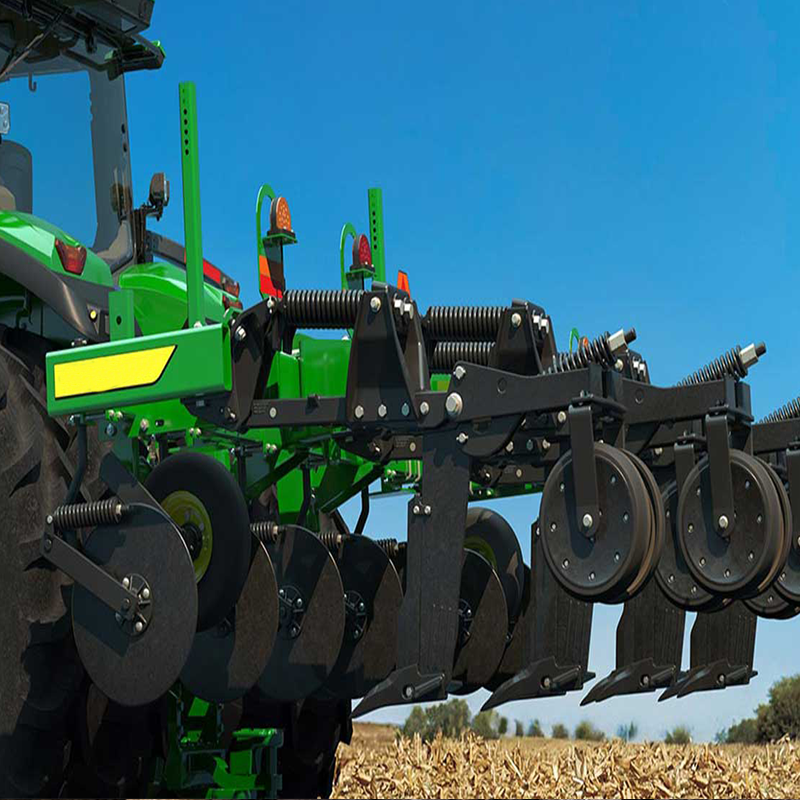
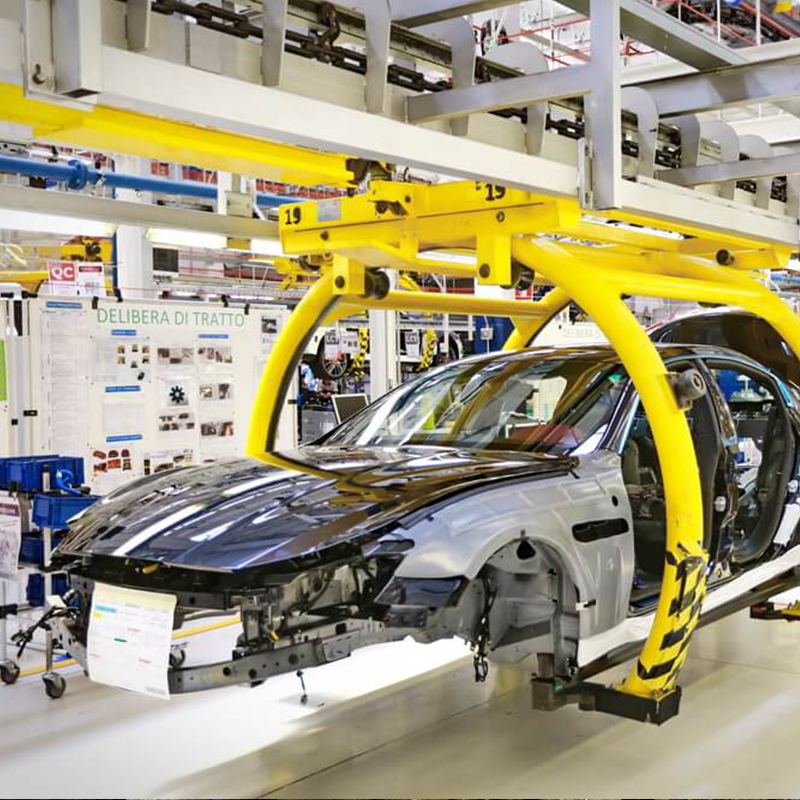
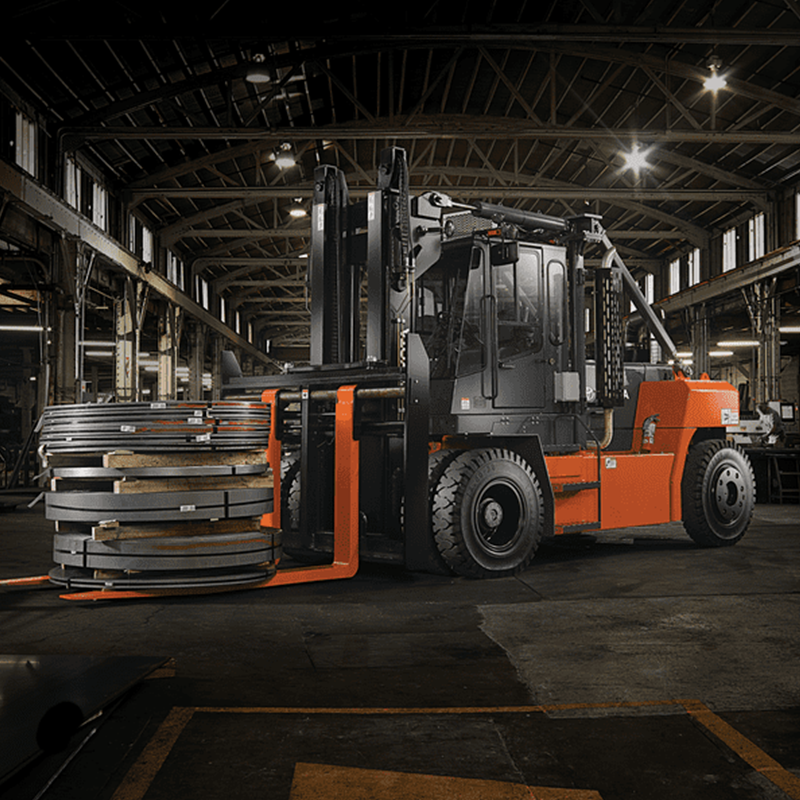
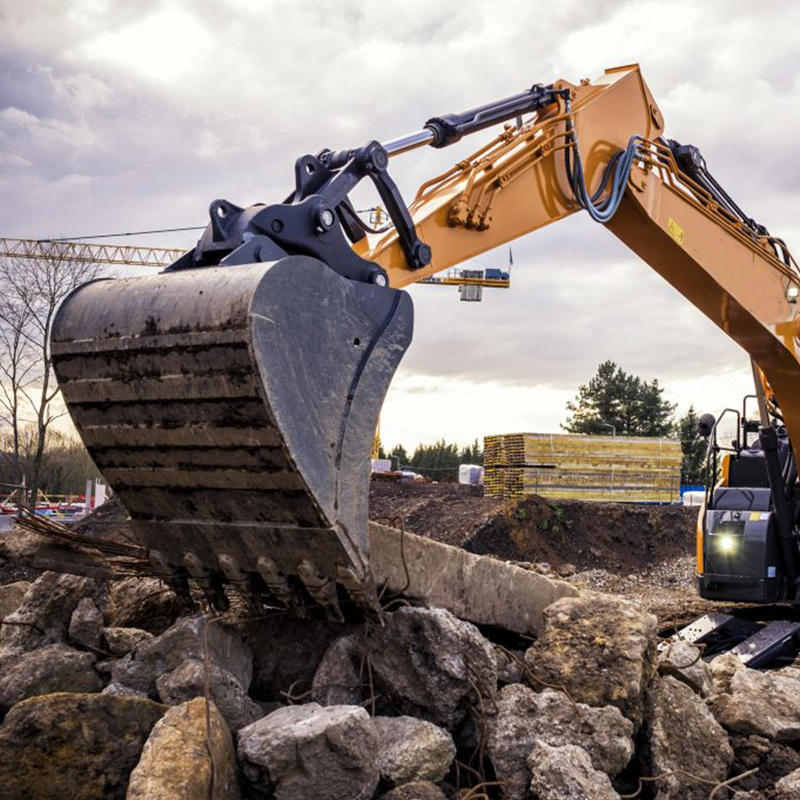
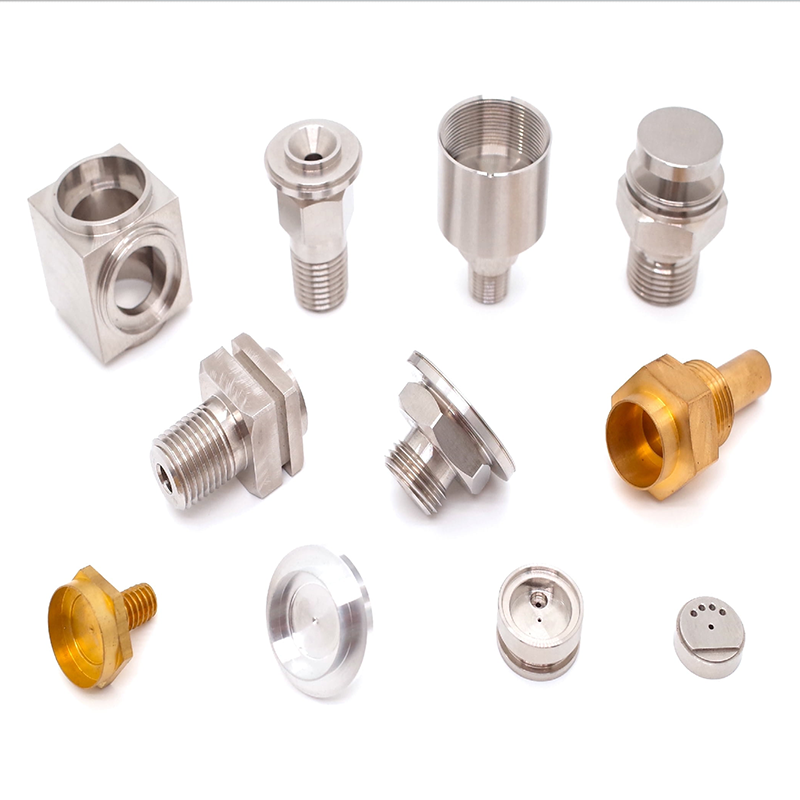
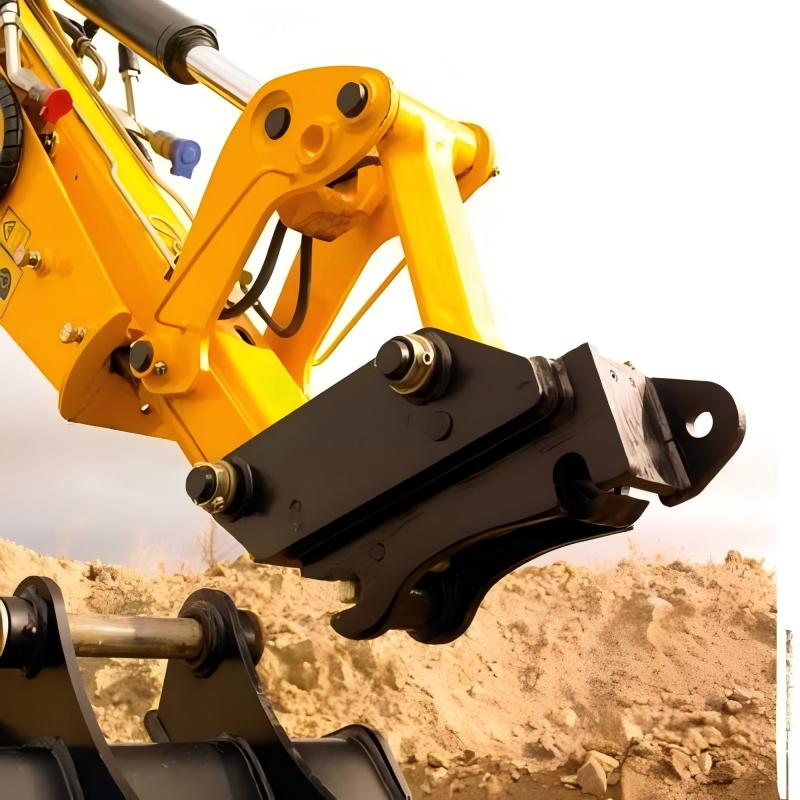
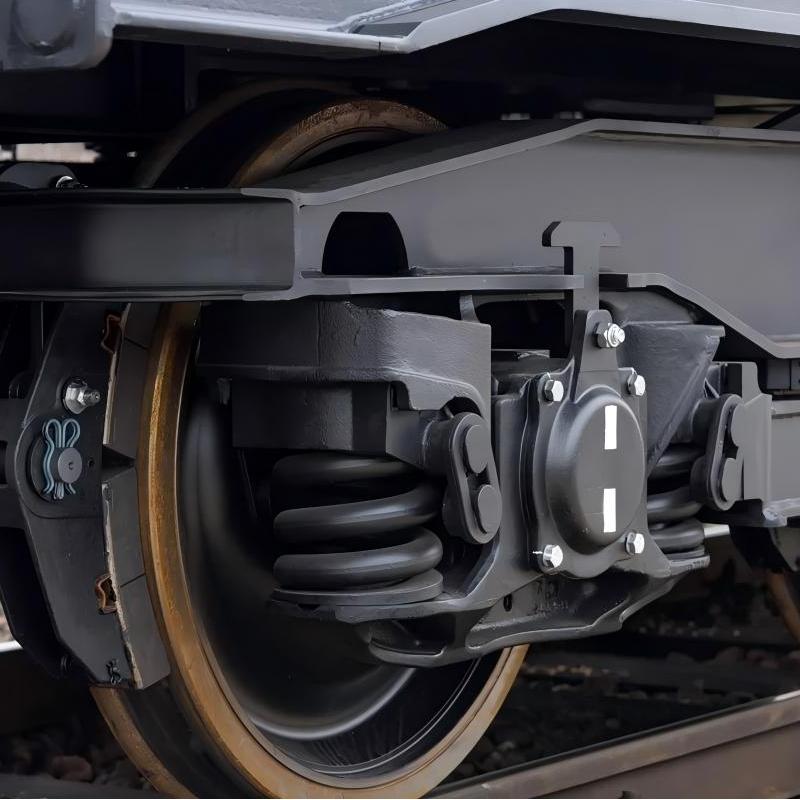
Fuchun specialize in investment casting services for industries like automotive, aerospace, and manufacturing. Our cutting-edge techniques and equipment produce precision-cast components tailored to your specifications. Whether you require intricate parts with fine details or durable castings for challenging applications, we have the expertise to provide high-quality results that meet your needs.
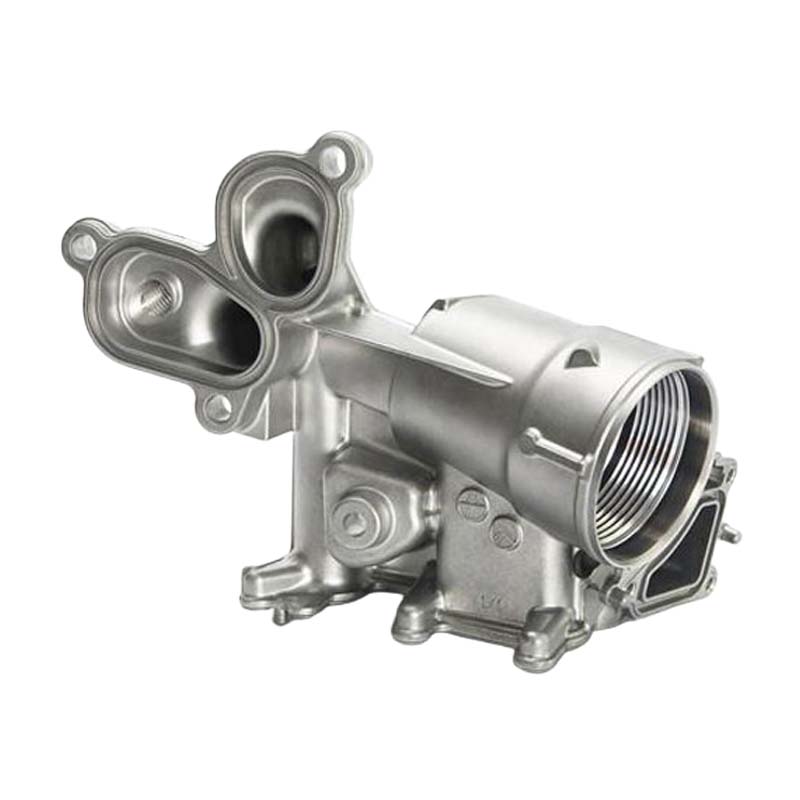
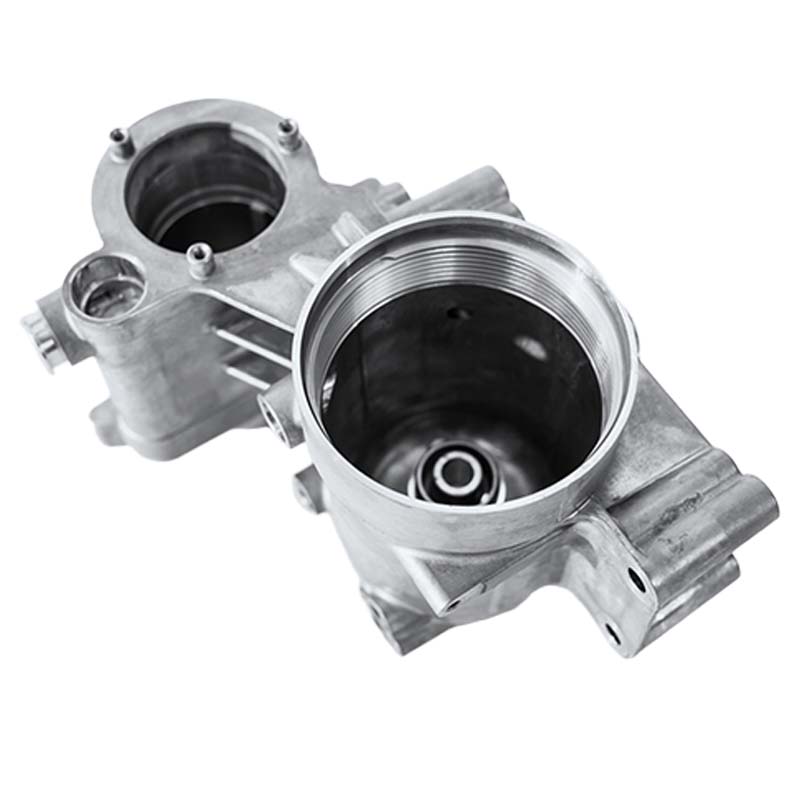
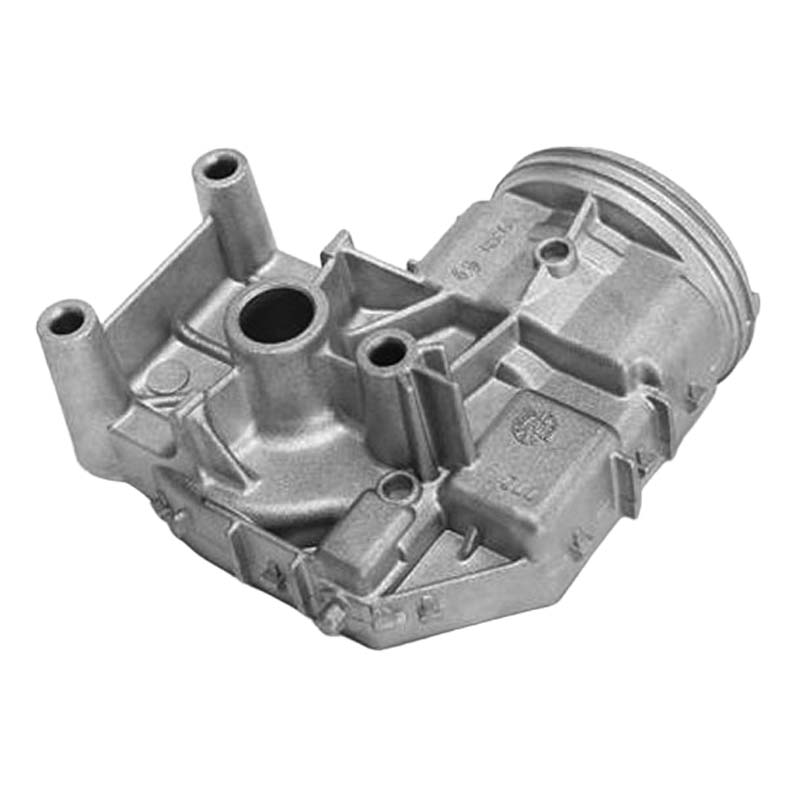
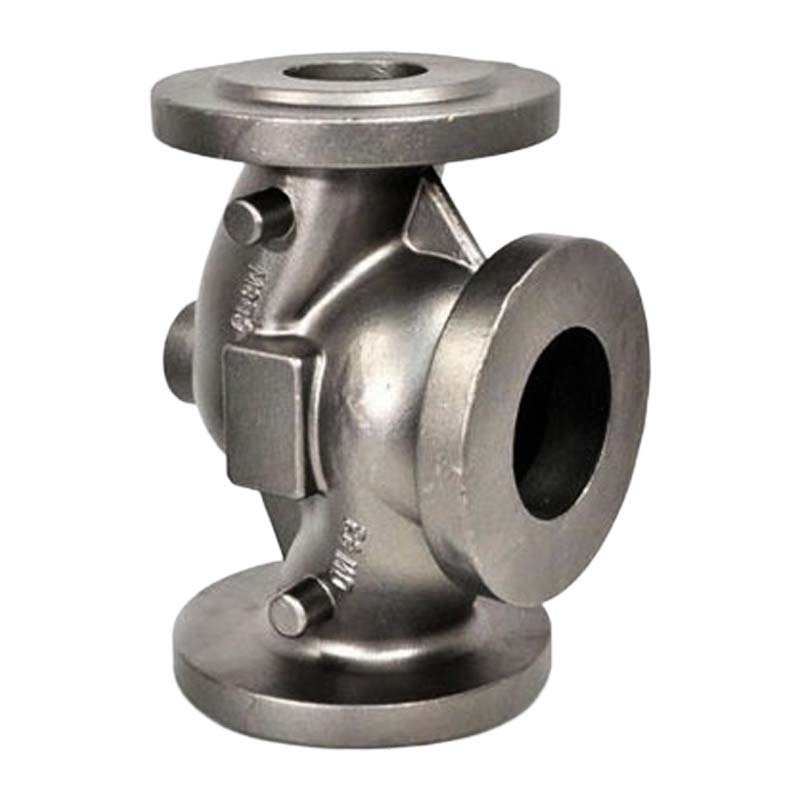
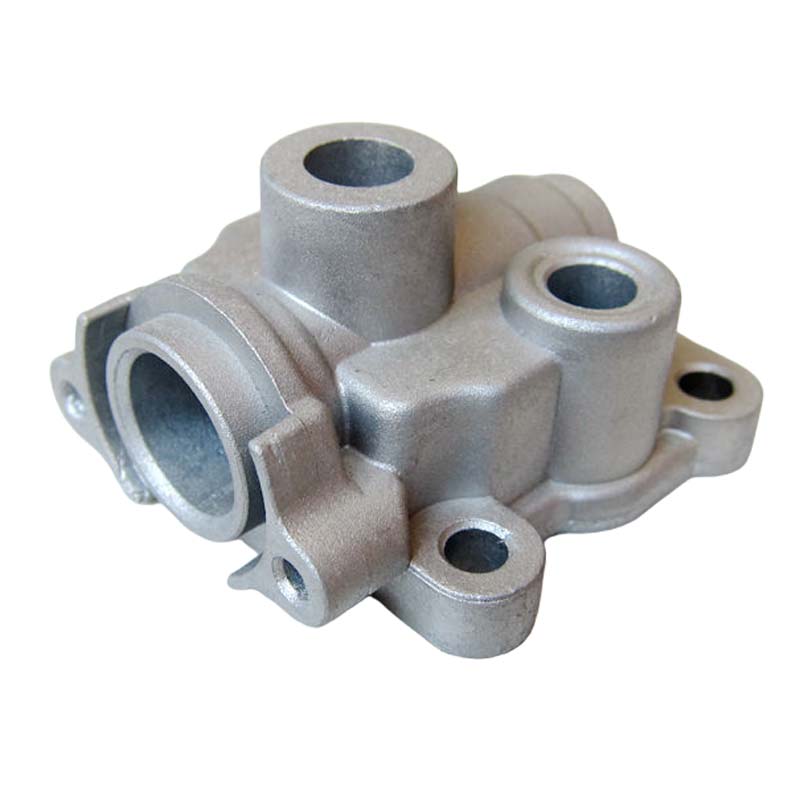
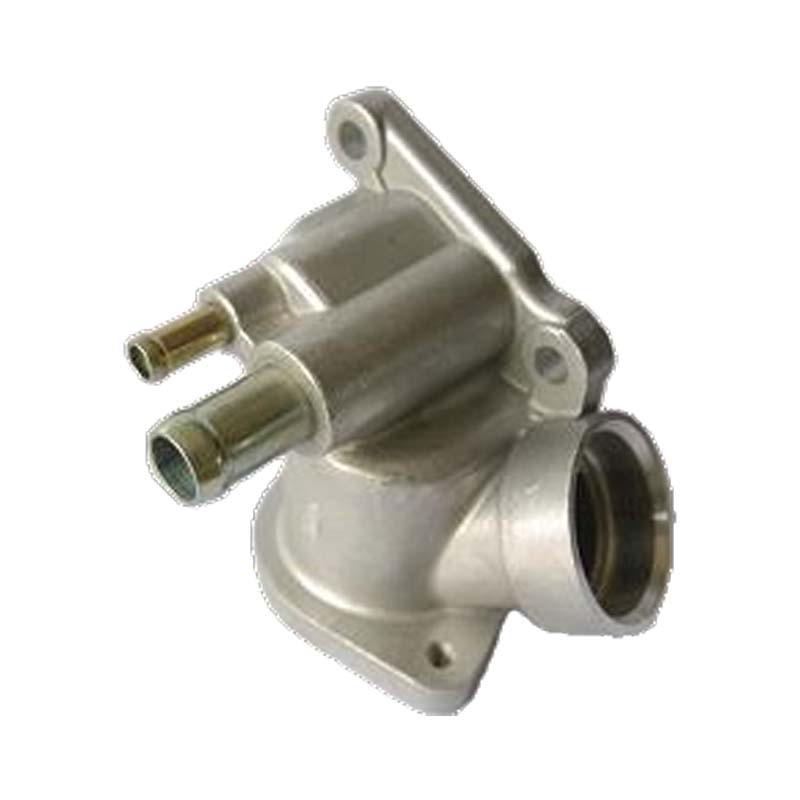
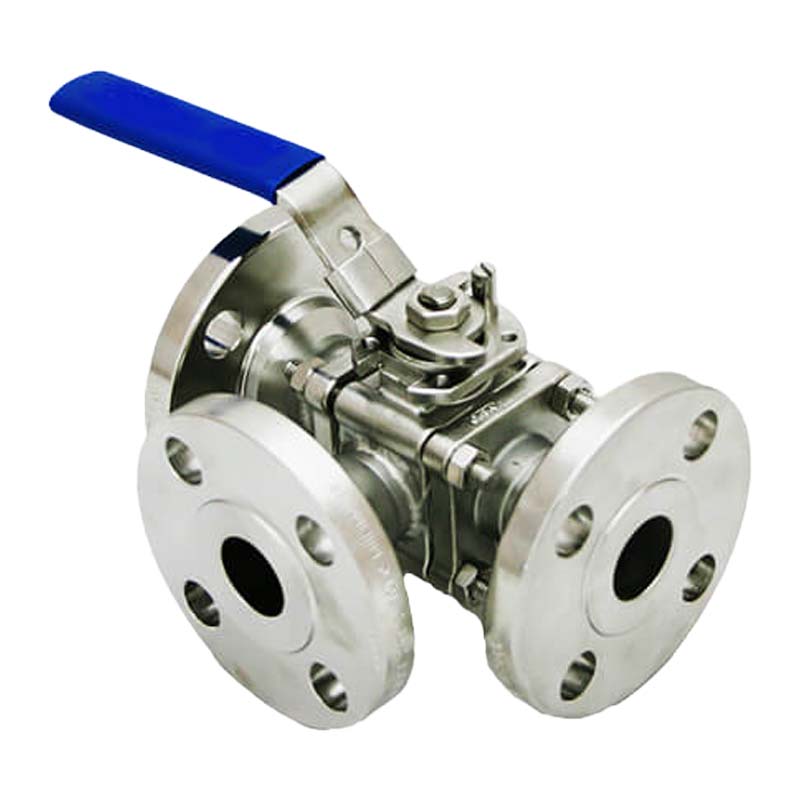
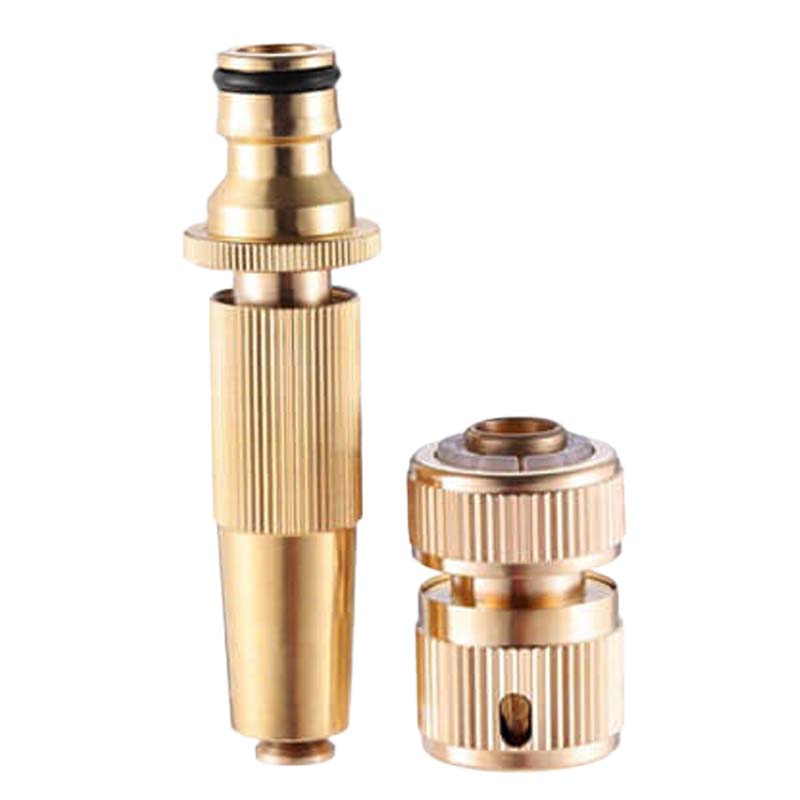
Tell us your need and we will contact with you within 24 hours.

Ningbo Fuchun Precision Casting Co.,Ltd is one of the best Investment Casting Manufacturer in the world.